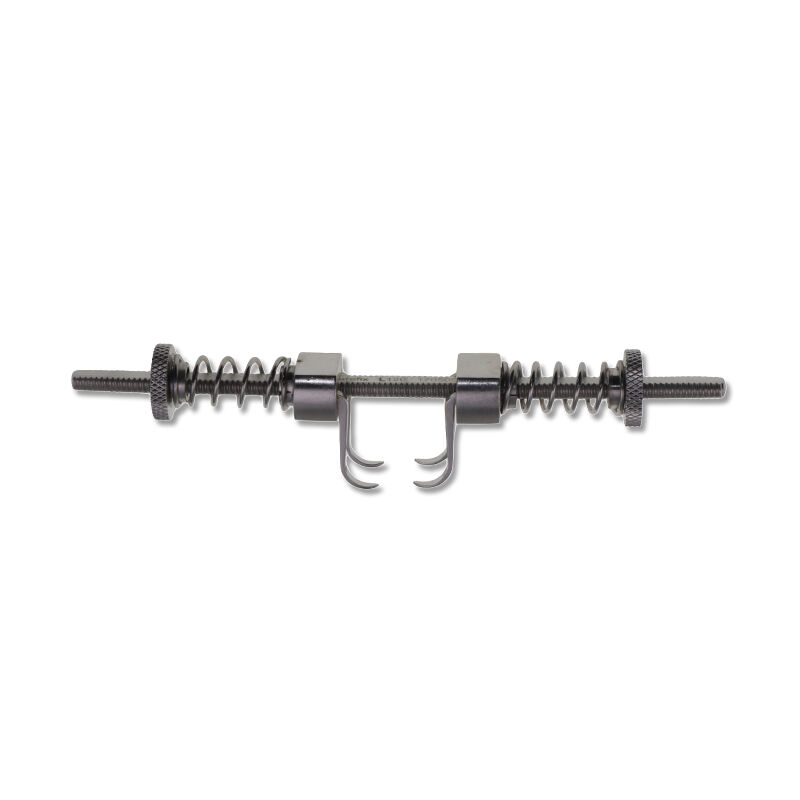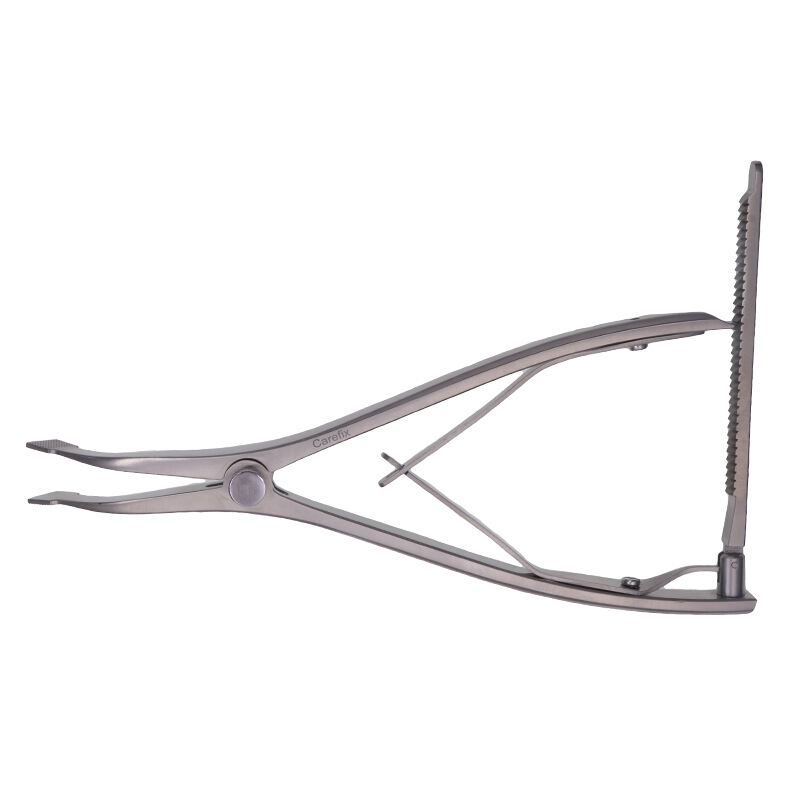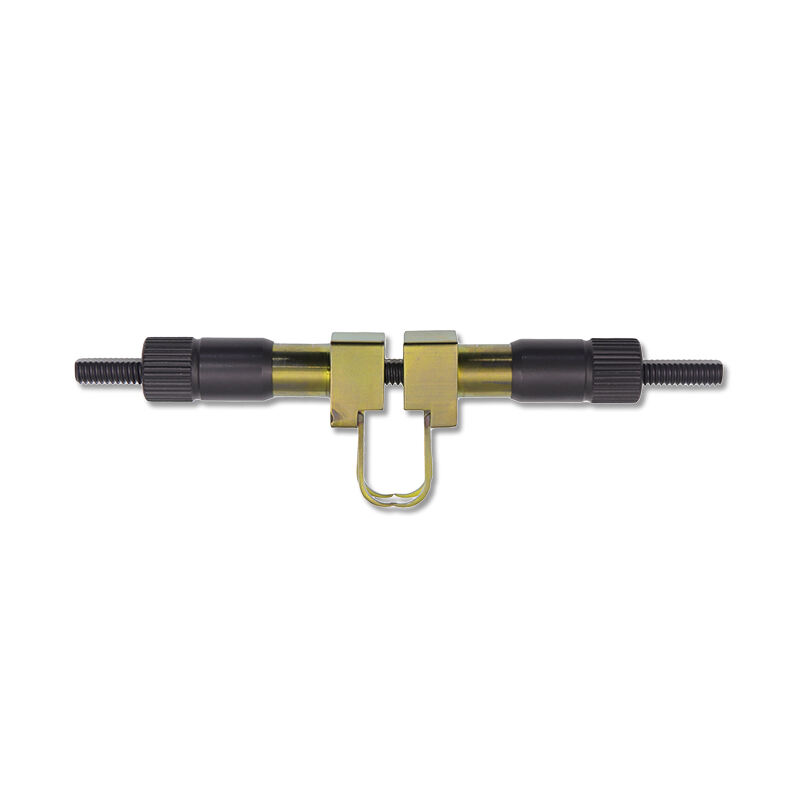retractor orthopedic
A retractor orthopedic is an essential surgical instrument designed to hold back soft tissues, muscles, and other anatomical structures during orthopedic procedures. This specialized tool enables surgeons to maintain clear visibility and access to the surgical site while protecting surrounding tissues from damage. Modern orthopedic retractors feature ergonomic designs with precision-engineered blades and handles, typically crafted from surgical-grade stainless steel for durability and sterilization compatibility. These instruments come in various sizes and configurations, including self-retaining mechanisms that allow hands-free operation during lengthy procedures. The retractor's design incorporates specific features for orthopedic applications, such as deeper blade depths for accessing joint spaces and specialized tips for working around bones and ligaments. Advanced models may include LED illumination systems, providing enhanced visibility in deep surgical fields. The versatility of orthopedic retractors makes them indispensable in procedures ranging from total joint replacements to spinal surgeries, enabling precise tissue manipulation while maintaining optimal surgical exposure.


